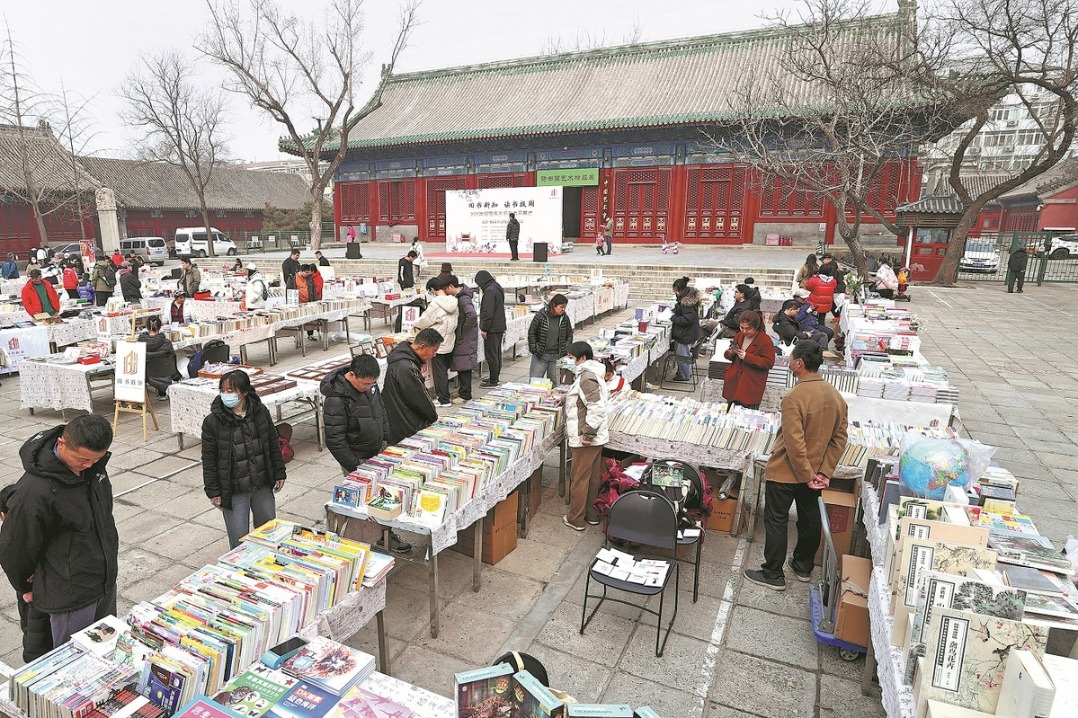China's Epic Journey from Poverty to Prosperity


The country has strengthened housing security by building more than 80 million units of government-subsidized housing and housing for people displaced by urban transformation. It has also improved the housing conditions of more than 200 million poor people. Now, the vast majority of households with housing difficulties, either those entitled to subsistence allowances or those with low incomes, are covered in the system, and households with lower middle incomes have seen notable improvements in their housing conditions.
China has implemented a national strategy for addressing population aging, and is developing an old-age service network that coordinates home, community and institutional care, and combines medical care with maintaining good health. Most urban communities have provided home care services available within 15 minutes, which typically include meal preparation and delivery, medical services, and cleaning. More rural neighborhoods have built eldercare facilities such as nursing homes and day care centers. Affordable eldercare services and mutual-aid eldercare saw further development in both urban and rural areas. The elderly can now access professional eldercare in their homes or villages and have access to assistance, leisure, and places to settle.
China has ensured that the 85 million people with disabilities share the benefits of moderate prosperity as it steps up efforts to protect their rights and interests. The system for child welfare and the protection of minors has also improved, providing an effective shield for their healthy all-round growth.
The social security system is becoming more inclusive and offering people sustained guarantees at work, in life, and for their future.
Health care is ensured for all. In its early days the PRC was ravaged by disease and plagued by inadequate medical resources, but it is now capable of effective disease prevention and control, and of providing satisfactory medical services to its people. It has shifted its medical insurance policy from local reimbursement only to trans-regional settlement, and extended its medical services from hospitals only to care provided by growing numbers of contracted family doctors. These represent components of a sound medical and health care system with better allocated medical resources, and help to address the problems of difficult and expensive access to medical treatment (Panel 6).
Panel 6 Achievements in Medical and Health Care Services
Based on its national conditions, China constantly refines its three-level medical service network covering urban and rural areas, with disease prevention remaining the priority. It has given better access to medical services to one fifth of the world's population. In 2020, the number of medical and health institutions in China exceeded 1 million, with 9.1 million beds and 10.7 million health professionals. A basic public health service system is in place, providing disease prevention and control, health education, maternal and child health care, and mental health care, among other professional services.
Equal access to basic public health services is supported by a per capita government subsidy that has increased from RMB 15 in 2009 to RMB 74 in 2020. Nineteen services including endemic disease prevention and treatment have been added to the 12 categories of basic public health services, provided to the public free of charge.
The average life expectancy in China rose from 67.8 years in 1981 to 77.3 years in 2019; infant mortality declined from 37.6 per 1,000 at the end of 1970s to 5.4 per 1,000 in 2020; and maternal mortality dropped from 43.2 per 100,000 in 2002 to 16.9 per 100,000 in 2020.
Medical technologies and service capabilities have risen as internet applications boost the sector. As part of its endeavor to ensure affordable and effective medical services, China has brought drug prices down to reasonable levels and regularly adds common drugs and life-saving drugs to the medical insurance list. There is no letup in the drive to provide equal access to basic public medical services in both urban and rural areas. A better medical and health care service system and a sound medical insurance system in rural areas have guaranteed medical services for rural residents, and helped prevent people from falling into, or back into poverty due to ill health.
The Healthy China initiative is part of the country's effort to pursue fitness for all and health for all. The results can be seen in the form of lifestyles, approaches to work, and models of social and economic development and governance that are conducive to public health. In public health, China has steadily risen from an average world rating to the front ranks among middle-income countries. China's fight against Covid-19 safeguards the life and health of the people, and its achievements in this battle bear witness to the strengths of China's medical and health care system.
The public enjoy a greater sense of security. From "social management" to "social governance", from "forming a well-designed and effective social management system" to "establishing a social governance model based on collaboration, participation, and common interests", China has refined social governance within the framework of law by encouraging more public participation and applying the latest information technology to provide professional services.
The Peaceful China initiative has yielded remarkable results. Crime prevention and control is stronger, and measures extending to the "last kilometer" have given the public a greater sense of security and satisfaction. An intensified campaign has curbed organized crime, and the "protective umbrellas" that shelter them. The public welcomes a safe and stable environment backed by the authority of the rule of law.
Dispute prevention and problem solving at community level has significantly improved, with an approach under which trivial matters are handled at village level, major problems are settled at township level, and all disputes are addressed locally before they are passed up to the higher authorities. The open and IT-based system has been constantly improved, with grid-based management providing better service to the public and giving rise to a new style of community-level governance. Social governance in urban areas has also made steady progress.
China's overall improvement in social management lifted the public's sense of security to an impressive 98.4 percent in 2020. China maintains long-term social harmony and stability, allowing its people to live in peace and contentment in a country widely recognized as one of the safest in the world.
- Maritime emergency rescue drill held in Sansha, Hainan
- Chinese researchers reveal key mechanism behind locust outbreaks
- Hong Kong issues policy statement to reinforce role as global digital asset hub
- Chinese state councilor stresses bolstering employment, boosting consumption
- Macao SAR to hold events commemorating 80th anniversary of victory against Japanese aggression, fascism
- Tiny robots offer non-invasive, drug-free solution for bacterial infections




































